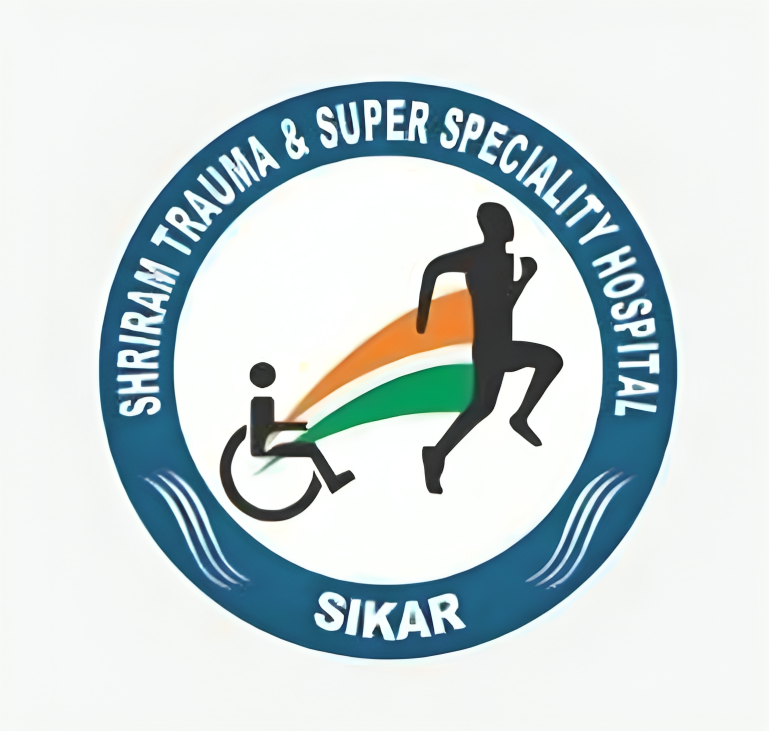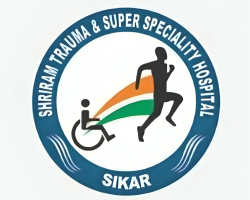Brain tumors have long been considered one of the most feared and challenging medical conditions known to humanity. Despite significant advancements in research aimed at understanding their development, genetic factors, and targeted treatments, many aspects of brain tumors still remain unclear. Even with progress in medical science and treatment options, brain tumors continue to be among the most serious diseases, both in terms of death rates and long-term health complications.
Brain tumors are generally classified into two categories: primary and secondary. Primary brain tumors originate within the brain, whereas secondary brain tumors result from the spread (metastasis) of cancers from other parts of the body. While primary brain tumors are less common compared to other types of cancers—accounting for just 1–2% of all cancer cases—they are responsible for nearly 20% of all cancer-related deaths. In India, the incidence of primary brain tumors is approximately 2 out of every 10,000 people. These tumors may be benign (non-cancerous) or malignant (cancerous), with about 33% of primary brain tumors being malignant.
Brain tumors can affect people of all ages—from young children to the elderly. The type of brain tumor often varies with age, and the male-to-female ratio also differs depending on the specific tumor type. In summary, no age group or gender is completely immune to brain tumors, making them a critical health concern across all populations.

Symptoms
The symptoms of brain tumors can be quite uncertain and unpredictable, often varying greatly depending on the type and location of the tumor. Benign tumors and some slow-growing malignant tumors typically develop gradually, with symptoms worsening over time. In contrast, aggressive malignant tumors and metastatic brain tumors often appear suddenly, with the patient’s condition deteriorating rapidly.
In most cases, the symptoms arise due to the pressure exerted by the growing tumor on surrounding brain structures, leading to what is commonly referred to as raised intracranial pressure. The key signs and symptoms associated with brain tumors are outlined below and can provide important clues to diagnosis and urgency of treatment.
Treatments
- The mainstay of the treatment of brain tumors is surgery. Other supportive therapies like chemotherapy, radiotherapy etc. helps in disease free survival. No medical management is available to treat brain tumors completely. Some drugs are used to reduce tumor edema (steroids), treat seizures and headache but have no role in treatment of tumor itself.
- Surgery It is the mainstay of treatment. The aim of surgery to remove mass effect, get tissue for histopathological diagnosis and excision of mass to cure the disease. Surgery aims at total or gross total excision, but in case of inoperable tumors (eloquent areas) near total excision or simple decompression is also done. Surgery causes immediate relief in mass effect. Benign tumors are usually cured by surgery itself but malignant tumors require chemotherapy or radiotherapy as an adjuvant. Recurrence is the rule in case of malignant brain tumors but recurrence free survival depends upon the type and grade of the tumor. Even after recurrence, surgery is the first line of management. Now a day, advances in surgical techniques facilitate more excision with less deficits and morbidity. Tractography, neuronavigation, CUSA, intraoperative MRI, flouroscine microscopy, intraoperative neurophysiological monitoring are few advances in surgical techniques which improve the result of surgery.
- Microscopy: Use of high resolution microscope with some additional features greatly facilitate in identification and safe excision of mass. Some tumors like gliomas are very difficult to be differentiated from normal brain tissue even by simple microscopes. This results in excision of normal brain tissue and deficits. Injection of Fluorescein dye with view under specific wave length highlights the tumor distinctly from surrounding brain tissue and makes its excision safe. But this feature is available in selected microscopes.
- Stereotactic Surgery: This is new concept which uses stereotactic frame to approach the lesion without craniotomy and damaging the vital structures. The tumors which are not approachable or at eloquent areas can be approached through stereotactic surgery and tissue can be obtained for histopathological diagnosis so that further therapies can be initiated. Thus the tumors which were previously considered untreatable are now treated.

